This is Part II of the four part series on how to spend less time working out and get better results. If you haven’t read Part I yet then jump over there so you can know why working out less will get you better anaerobic and aerobic capacity and increase your metabolism.
The big crux of how to spend less time working out and get better results is to increase your intensity, and one way this will benefit you is by hacking your respiratory quotient. As discussed in a previous post, the respiratory quotient (RQ) is a measure of carbon dioxide exhaled versus oxygen inhaled. It’s also an indirect measure of your metabolism.
If your RQ is at 0.7 or below, we can say that most of your metabolism is coming from fatty acids. This is during any low intensity state (sitting, walking, light jogging). When your RQ is above 0.7 your metabolism is higher. Also you’re using some stored muscle glycogen, which is essentially chains of sugar your body uses to quickly or powerfully move your muscles.
An RQ of 0.85 is an even higher metabolism and corresponds to about 50% fat and 50% glycogen for energy, respectively. Think of light resistance training or a faster jogging pace for this RQ level. Moving up, an RQ of 0.95 corresponds to about 20% fat and 80% glycogen, respectively, meaning your metabolism is running at a high rate. Once your RQ is north of 0.95, you’re definitely in a high intensity state of exercise (heavy weight training, sprinting, etc.)
Check out this chart for you visual learners 😉. The higher your RQ, the higher your metabolism is and the more glycogen/carbohydrates you’re using for energy as well.
But how is having an higher RQ during your exercise where you’re using mostly muscle glycogen for energy going to get you better results in less time? Well although you’re not using much body fat during your quick high RQ/high intensity workout routine (you’re using mostly muscle glycogen), during your recovery phase, lasting anywhere from a few hours to a few days, your body is in a higher state of low intensity. Post workout your metabolism is significantly ramped up.
Rather than having a super low RQ, it’ll be closer to 0.7 which means you’re burning body fat at a much higher tempo. It’s amazing because you’ll be burning much more body fat during your recovery phase then you will have during your workout.
This is one reason why our exercise program is so effective and you can workout only 47 minutes a week. We get your RQ high during the workout and make sure your RQ stays high days after your workout. Sign up now so you can constantly be burning body fat and get the results you’re looking for. What’s your favorite routine to increase your RQ? How has else have you found to spend less time working out and get better results? Hit us up in the comments and check out Part III next week!


